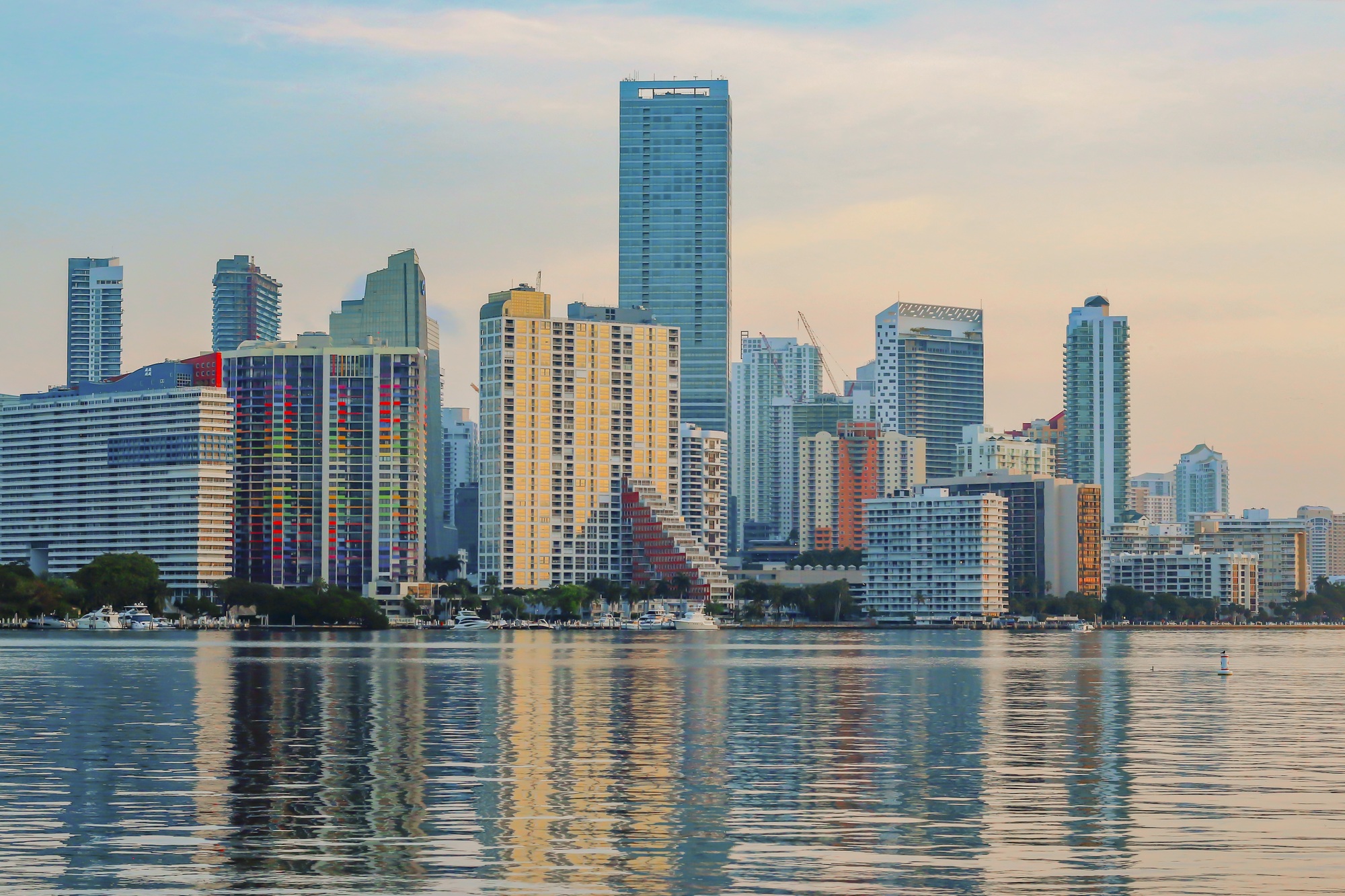Owning a condominium in Florida comes with unique responsibilities that differ from those of traditional homeownership. One of the most critical aspects of condominium living is understanding the division of responsibilities between the condominium association and the individual unit owners. Florida’s condominium laws, particularly under Florida Statute 718, provide clear guidelines on what each party is responsible for regarding maintenance, insurance, and repairs.
If you own or are considering purchasing a condominium in Florida, this guide will help you understand the key distinctions in property maintenance and insurance responsibilities to avoid confusion and ensure compliance.
Condominium vs. Unit Owner Responsibilities
Structural & Common Elements: Association’s Responsibility
The condominium association is primarily responsible for maintaining and insuring the structural components and common areas of the building. These include:
- Roof & Roof Cover – The association covers structural framing and the roofing system.
- Exterior Walls – This includes paint, stucco, insulation, concrete blocks, bricks, and framing.
- Unit Interior Walls (unfinished) – The structural walls, metal or wood studs, and insulation are the association’s duty.
- Common Area Interiors – This includes shared walls, floors, and ceilings.
- Structural Floors, Ceilings, and Walls – The association covers any structural integrity issues.
- Common Area HVAC & Electrical Systems – The upkeep of electrical wiring and air conditioning systems in shared spaces falls under the association’s scope.
These responsibilities ensure that the building remains structurally sound and that all common areas are maintained for residents’ use.
Inside the Unit: The Unit Owner’s Responsibility
While the association maintains the external structure, unit owners are responsible for maintaining the interior of their condos, including personal property. Here’s what falls under the owner’s responsibility:
Flooring, Wall, and Ceiling Finishes – This includes paint, carpet, tile, and other finishes inside the unit.
Appliances – Refrigerators, dishwashers, ovens, washers, and dryers.
Electrical Fixtures – Light fixtures, ceiling fans, and other electrical fittings inside the unit.
Water Heaters and Water Filters – Unit owners must repair or replace these when needed.
Built-in Cabinets and Countertops – Includes kitchen and bathroom cabinetry, countertops, and any fixed shelving.
Window Treatments – Blinds, curtains, drapes, and their hardware.
Essentially, any finishes or fixtures within the unit’s boundaries that serve only that unit are the owner’s responsibility.
Insurance Coverage: What’s Included?
Under Florida condominium law, hazard insurance policies for associations must cover all condominium property as originally installed or replaced with similar materials. However, the policy excludes personal property inside a unit. This means:
- The association’s policy will typically cover major structural elements and shared components.
- The unit owner’s policy (often referred to as an HO-6 insurance policy) should cover personal belongings, interior finishes, and any upgrades.
Flood Insurance Requirements
Federal law mandates flood insurance for all condominiums under the National Flood Insurance Program (NFIP). This means insurance must cover:
- Foundations and underground piping
- Excavation and site preparation work
- Structural components like walls, ceilings, and floors
- Electrical wiring and plumbing
- Interior finishes such as paint and tiles
- Appliances, air conditioners, and water heaters
While flood insurance covers many aspects of the structure, unit owners should confirm whether personal property and upgrades are included in their individual policies.
Key Takeaways for Florida Condo Owners
Know your responsibilities – The association takes care of the structural and common areas, while unit owners maintain their interior spaces.
Check your insurance policy – Ensure that your HO-6 condo insurance covers what the association’s master policy does not.
Understand flood insurance requirements – This is mandatory and protects the property from water-related damages.
Clarify your association’s policies – Some associations may have additional bylaws affecting maintenance responsibilities.
Final Thoughts
Understanding the legal division of maintenance and insurance responsibilities can help condo owners avoid unnecessary expenses and disputes with their condominium associations. If you live in or are purchasing a condominium in Florida, take the time to review your condominium documents and insurance policies to ensure full protection of your investment.
Would you like assistance in navigating your condominium association’s responsibilities? Contact us today for expert guidance!


